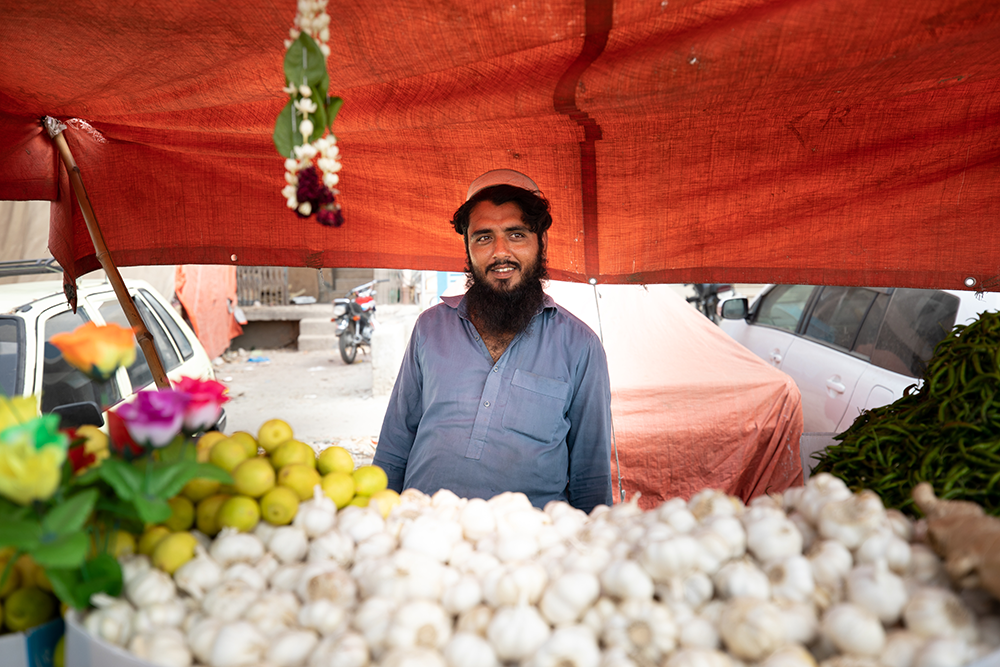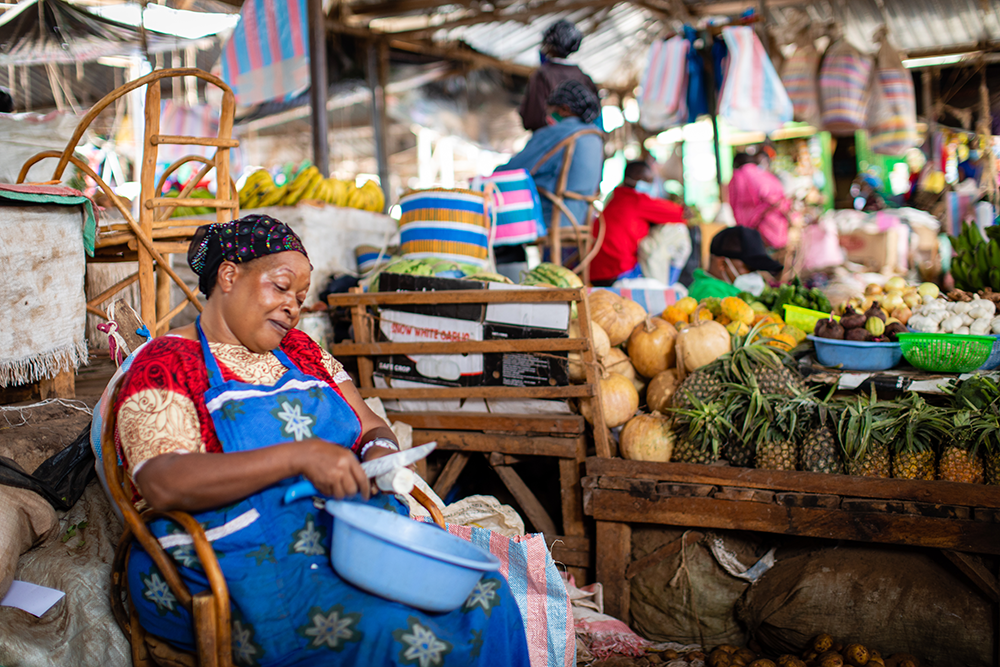Local and traditional food retail markets are inherent in a city’s social fabric and the urban food environment. Millions of residents connect daily through food at local and traditional markets; and for many low income urban residents, this is their primary source of food.

Thousands of tons of fresh, dried and on ice produce flow into these retail and wholesale-retail hybrid markets, bought by consumers directly and/or by food-outlets, restaurants, and last mile vendors.
While both healthy and unhealthy, safe and unsafe food can be found in the markets, evidence suggests that the markets continue to offer an abundance of affordable, healthy food. For example, a recent study, of five urban markets across five counties in Kenya found that people who relied only on these markets enjoyed a higher dietary quality than those who supplemented their purchases with food from other outlets. This may be due to several reasons including availability of affordable, healthy foods and fewer unhealthy foods on sale.
To unlock the potential of these markets and co-develop new values-based narratives, investment supported by innovative and technological solutions, and informed by participatory engagement of communities, are urgently needed.
The Problem At Hand
This year’s World Cities Day theme “People-centred Smart Cities,” emphasizes the power of innovation and technology to shape urban spaces in ways that are inclusive, sustainable and a place where all people can thrive.
Presently, we live in an urban world where 76% of urban and peri-urban residents experience moderate to severe food insecurity. In countries such as Mozambique and Indonesia, respectively, only 7% and 29% of their populations can afford a healthy diet.
Food insecurity and malnutrition complexities are amplified in sub-Saharan Africa and Southern and South East Asia’s webs of socio-ecological challenges comprising poverty, housing slums, exclusion of marginalised groups in decision-making, environmental vulnerabilities, unfair food prices, large corporate dominance of food value chains, affordable and convenient access to unhealthy foods, economic and political instability, insufficient investment in food systems related infrastructure, basic services and skills alongside rapid urbanisation.
Yet, flipping the stereotypical “chaos and risk’’ narrative of a city’s (il)legally recognised local and traditional food markets has the potential to mobilise local agency, with catalytic rippling of sustainable, nourishing and just food systems transformation and prosperous communities.
Investments in food market will be a game changer
A key part of the solution is to ensure consistent and convenient access to sufficient and affordable, safe, and quality food. Food that is biodiverse and sustainably and justly produced, shared, and consumed, to support healthy diets for everyone. How do we do this?
Strategic and innovative investment mechanisms in markets are a systems game changer: whether they are owned and managed directly by city administrations, or indirectly via a public-private partnership, or philanthropic arrangement, or entirely privately managed.
In one way or another, all markets connect with governance via city government mandates such as urban planning, basic service provision, and food hygiene and safety regulations. Leveraging the agency of (in)formal market committees and food vendors through capacitation and participatory governance is key to delivering these mandates and the vision of sustainable, equitable food systems.
Investment in food markets needs to be innovatively designed in terms of stacked funding sources, repayment periods and consideration of the complementarities of infrastructure, basic services provision, and skills related to hygiene handling and safety, nutrition, business, food culture and inclusive governance.
These markets will then have the conditions needed to provide affordable, safe, sustainable and nutritious food, at fair prices, with reduced and valorised food waste, supported by viable vendor food businesses and legitimacy of vendor voices in decision-making.

Investments in markets, on a large or small scale, essentially invests in the market as an enabling food place of opportunity. These facilitate direct reach to the thousands of market vendors and consumers, as well as indirectly to the networks of many Micro, Small and Medium Enterprises connected to the market - from smallholder farmers to value chain operations to urban food distributors and last mile vendors, alongside the environment in which they are embedded in.
Local and traditional markets are microcosms of food systems where global sustainability challenges play out on local and territorial scales. These markets are more than local economic development; they are vital hubs of livelihoods, resilience, sustenance, nourishment, health, and innovative forms of social protection - especially for those most vulnerable to food insecurity and malnutrition in all forms - from undernutrition, obesity to micronutrient deficiencies.

Consider this: every market vendor is a potential champion for just and sustainable food systems transformation spanning multiple, varied local contexts. As individuals and a market collective they are also an untapped resource for local food systems data, as well as for demand campaigns that promote safe, healthy diets. Therefore, amongst the many who should be included in multistakeholder governance platforms, being heard, influencing and acting on decisions about food, are city governments and market leaders – including women vendor savings group representatives.
Imagine a ‘’smart city’’ with resilient communities of food markets threaded throughout the city, connecting people, food and prosperity in safe, just places of transformation. Ambitious? Yes. Necessary? Absolutely!